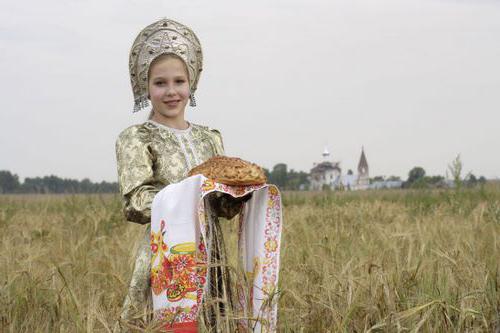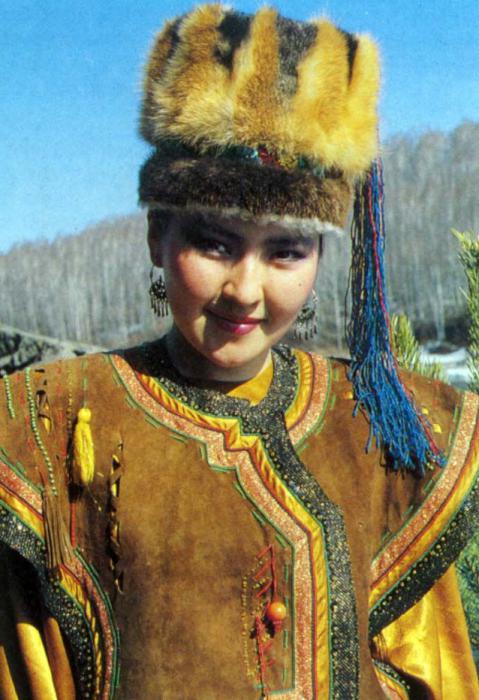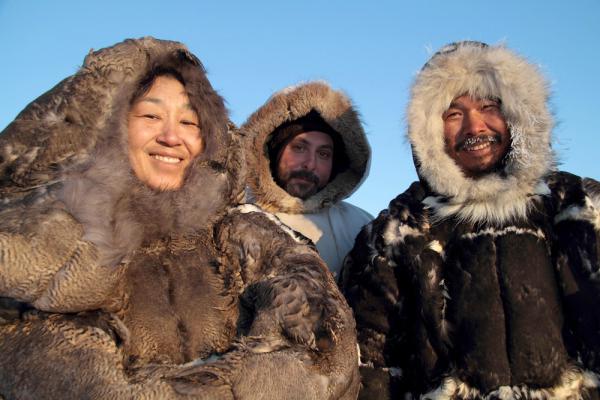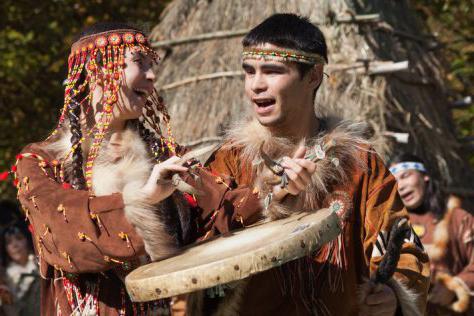Great and varied. In its vastness, nature, beautiful in its versatility, and other miracles already created by man. In addition, the territory of the largest country in the world has sheltered dozens of different peoples. This is the greatest wealth of an amazing hospitable state.
We know that many nationalities live in Russia - Russians, Udmurts, Ukrainians. And what other peoples live in Russia? Indeed, for centuries, small and little-known, but interesting nationalities with their own unique culture have lived in distant parts of the country.
National composition of the population of Russia
Let's stipulate right away that Russians make up approximately 80% of the total population. The full one would be very large. According to some reports, more than 200 different nationalities are registered. This information corresponds to 2010.
We will begin our acquaintance with the rest of the national composition of Russia with the most common ones. Large nationalities are those that are present on the territory of the state in an amount of more than 1 million.
Tatars
The ratio of the Tatar people among all others in the country is 3.8%. has its own language and regions of greatest distribution.
In addition, it includes several ethnic groups: Crimean Tatars, Volga-Ural, Siberian and Astrakhan. Most of them live in the Volga region.
Ukrainians

Let's continue our short excursion on the topic of what peoples live in Russia and move on to the Ukrainians. Their number in Russia is 2% of the total population. According to some historical information, the name of the nation comes from the word "outskirts", which served as the basis for the name of the country - Ukraine.
Ukrainians living on the territory of Russia continue to honor their traditions, celebrating holidays according to their customs, wearing folk clothes. The peculiarity of Ukrainian clothing is embroidery in a variety of colors. The main symbolic colors in the ornaments are red and black.
Bashkirs

The ratio of the Bashkir people to the entire population of the country is 1.2%. The territories where most of these people live are Altai, Tyumen, and other regions of Russia (Orenburg, Sverdlovsk, Kurgan and others).
Ethnologists to this day do not agree on where the name of the nationality came from and what it means. The most widespread interpretations are “the main wolf”, “separate people”, “brother-in-law of the Ugrians”. In the aggregate, there are about 40 different assumptions.
The culture of the Bashkirs is remarkable for their songs, fairy tales, ditties.
Chuvash
Next, let's talk about the Chuvashes, answering the question of what peoples live in Russia. The Chuvash people make up 1.1% of the population of Russia. Most Chuvashes live in Tatarstan, Samara and many other regions of the country, Krasnoyarsk Territory. And today their main occupation is handicraft, animal husbandry and agriculture.
The culture of the Chuvash is amazingly beautiful and interesting. They have their own developed ancient mythology. National clothes are extremely diverse, there are dozens of different cuts and color options.
Chechens
Chechens on the territory of Russia are about 0.9% of the total population. This is one of the harshest peoples in the country. Moreover, they are distinguished by their wit, they are characterized by courage and endurance.
The peculiarity of Chechen songs is a deep, incomparable longing for their home. In their poetry and songs, there are many motives of exile. Such poetry cannot be found in any other folklore.
You can see the similarity of the Chechen people with the Circassian and Lezghin. The explanation for this is simple: all three nationalities belong to a single Caucasian.
And we continue to reveal the most interesting question about what peoples live in Russia.
Armenians
Armenians make up 0.8% of the population of Russia. Their culture is very ancient. Its roots can be traced back to Greek culture. Their irrepressible cheerfulness and hospitality create a special flavor of this nation.
Armenian music appeared before our era. And today we know many world singers with Armenian roots. Among them are the French singer David Tukhmanov, Jivad Gasparyan and many others.
The clothes of Armenians are distinguished by luxury and pretentiousness. And children's costumes are simply irresistible, which is not seen in other nations.
We now know what peoples inhabit Russia, but that's not all. In the far corners of the vast country, there are still peoples, which are not so many in number, but their culture is so diverse and interesting that we simply cannot help but remember them.
Small peoples

Russians know a lot about peoples, whose number exceeds 1 million. But there are also small peoples of Russia, which you may not even hear about in your entire life.
So, in the Volgo-Vyatka region for many centuries such nationalities as the Mari and Mordovians have lived. The server area is native to the Karelians, Komi, Sami, Nenets. Perm Komi and Udmurts live in the Urals. Kazakhs and Kalmyks settled in the Volga region long ago.
Western Siberia is the homeland for Selkups, Altai, Mansi, Khanty, Shors, Eastern - for Tuvinians, Buryats, Khakass, Dolgans, Evenks.
In the Far East, there are peoples such as the Yakuts, Koryaks, Evens, Udege, Nanai, Orochi and many other peoples, whose numbers are very small.
The peculiarity of small peoples is that they have preserved and still worship their ancient pagan beliefs. They are characterized by adherence to animism (animating objects of nature and animals) and shamanism (belief in shamans - people who speak with spirits).
How many peoples live in Russia in total?
In 2002, the Pan-European Data Collected also included information on the ethnicity of the populations of the countries. Then interesting information was received about what peoples live in Russia, and about their numbers.

The census figures in Russia showed that representatives of 160 different nationalities live in the country. This figure is simply huge in comparison with European countries. On average, people belonging to 9.5 nationalities live in them. Globally, Russia's performance is also high.
It is interesting that in 1989, when a similar census was carried out in Russia, a list of 129 nationalities was compiled. The reason for this difference in indicators, according to experts, is the possibility of self-determination as belonging to one or another nationality. This opportunity appeared in 1926. Earlier, various peoples of Russia considered themselves to be Russians, based on the geopolitical factor.
Dynamics in the ratio of nationalities
According to experts in demographic research, in recent years the number of Ukrainians in Russia has decreased threefold. The Belarusians also became much smaller, as did the Mordovians.
The number of Armenians, Chechens, Azerbaijanis and Tajiks increased. Some of them were even included in the number of those over a million in Russia.

The dynamics in the ratio of nationalities are thought to be influenced by several factors. One of them is the decline in the birth rate, which affected the entire country. The other is emigration.
Jews left Russia. Russian Germans also emigrated from the country.
The positive dynamics is observed among the small indigenous peoples. On the contrary, their number has grown in recent decades. Thus, we see that the question of what peoples inhabit Russia is always relevant for study due to its dynamics.
Do only Russians live somewhere?
We learned that many different nationalities live in Russia, in addition to Russians. Many who have discovered for themselves may wonder if there is an area in which only Russians live.
The answer is unambiguous: there is no region with a completely homogeneous composition of the Russian population. Only the Central Region, the Central Black Earth Region, the North-West Region are close to this. All other territories of the country are full of different nationalities.
conclusions

In the article, we examined which peoples live on the territory of Russia, found out what they are called and where they are most common. We have seen once again how rich the country is not only in natural resources, but also in human resources, and this is many times more important.
In addition, we learned that the ethnic composition of the population of Russia is not completely static. It changes over the years under the influence of various factors (migration, the possibility of self-determination, etc.).
We hope that the article was interesting for you: it helped you to make a mental journey through the vastness of Russia and introduced you to such different, but so hospitable and interesting inhabitants. Now we can without hesitation tell anyone who wants to, if he becomes interested in what peoples live in Russia.




